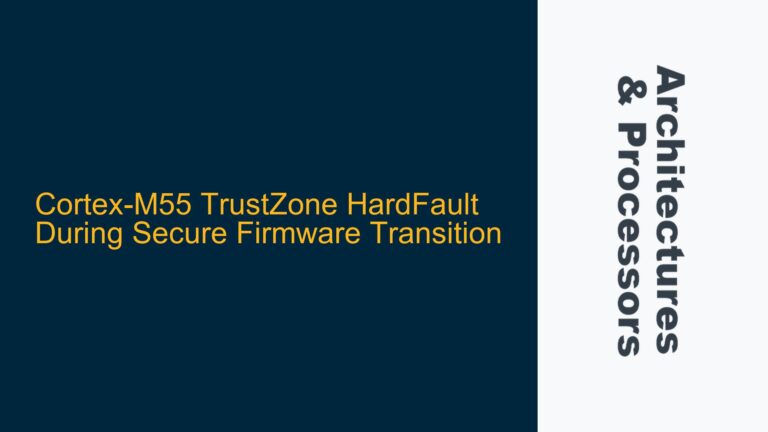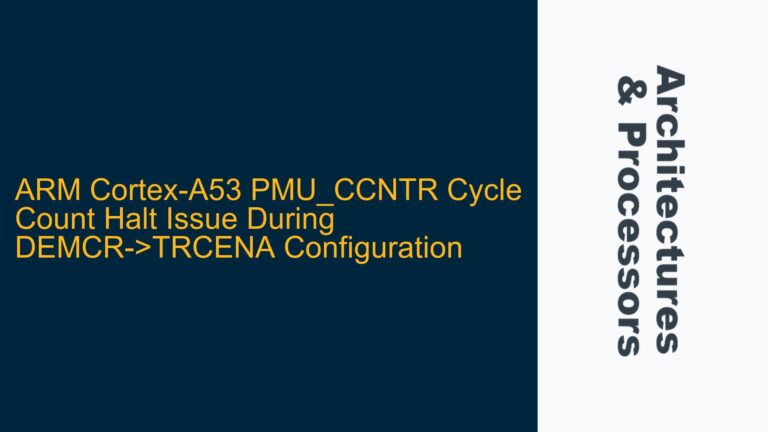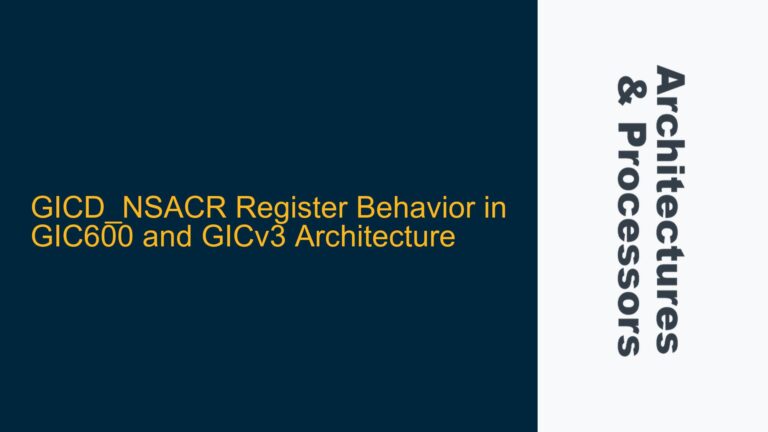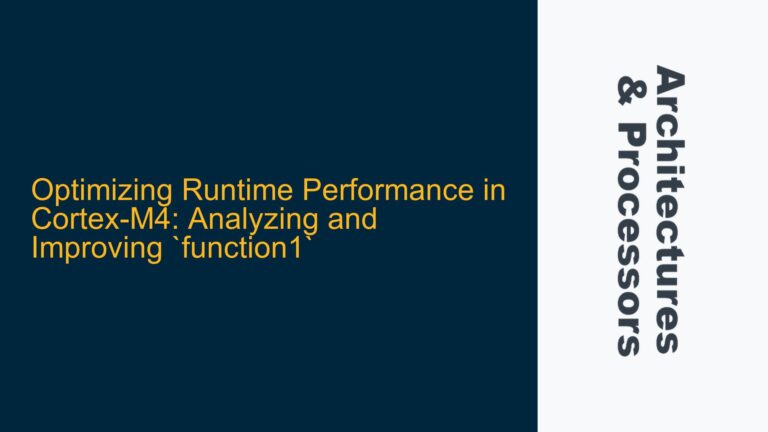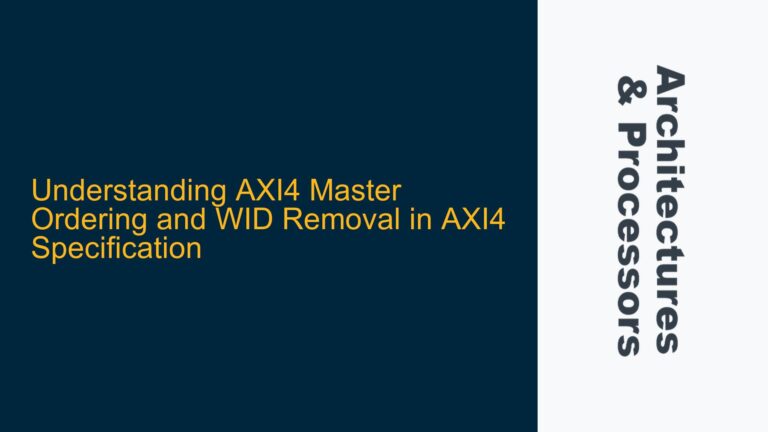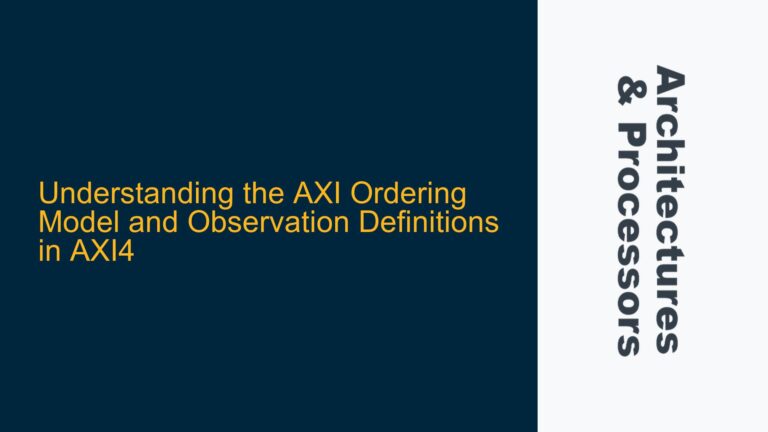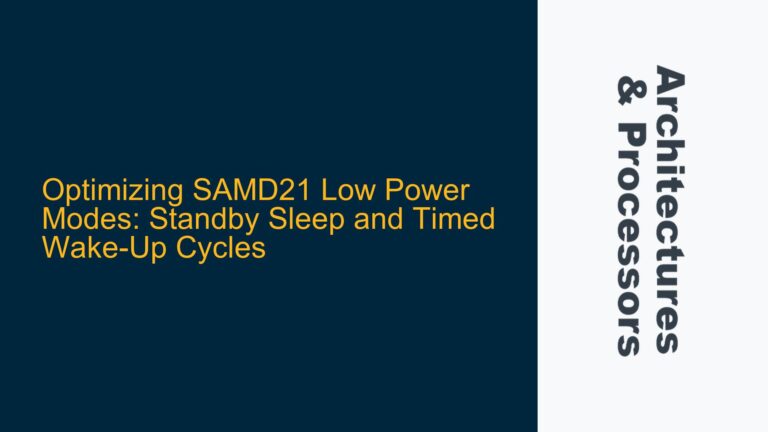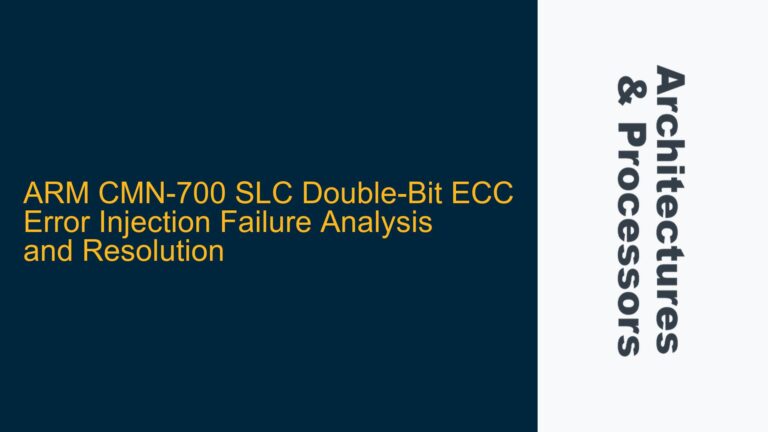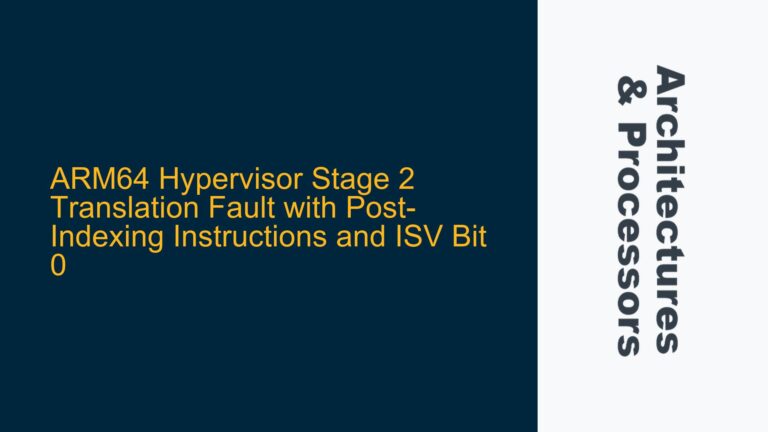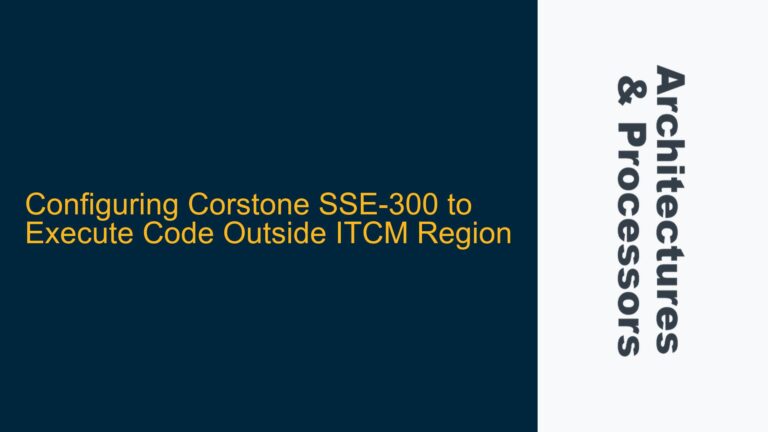Cortex-M55 TrustZone HardFault During Secure Firmware Transition
ARM Cortex-M55 TrustZone HardFault During Secure-to-Secure Firmware Jump The issue at hand involves a HardFault occurring during the transition from one secure firmware to another on an ARM Cortex-M55 processor with TrustZone enabled. The transition is initiated by jumping to a new vector table, where the reset handler of the next-level secure software is located….
